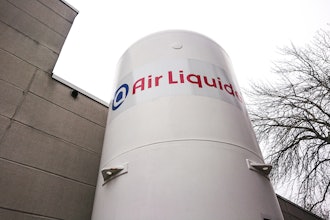
ABC analysis provides a mechanism for identifying items that will have a significant impact on overall inventory cost. It refers to different categories of stock (A, B and C) that require different management and controls. In enterprise resource planning (ERP) software systems, it’s an area with so many options and features, it is often under used and/or abused.
Let’s dispel some myths about ABC classes, and explain the proper use of classes for good inventory management.
Classes and Inventory Turns
ABC classes are primarily used to control the order “UPTO” quantity when it is time to actually purchase the item—also commonly known as the inventory turn rate. ABC classes should be set by cost, or cost of sales. Why? Because most inventory models are based on the “80-20 rule”:
- 20% of your inventory produces 80% of the cost of goods sold (yes, 80% annualized!).
So, the A class should be set to about a one-month supply or less, primarily because you want to carry fewer of these items, and purchase them more often. This will directly result in a higher inventory turn rate.
For B classes, you want to carry more, as the cost of these items is lower overall, so the cost to carry them is lower, as well. Likewise, for the C class, you will purchase even more, as the overall cost is lower than A or B class items; therefore, you can buy and carry more—the cost to purchase will be negligible, as you normally buy a higher quantity for lower class items. As the cost to carry drops, you can afford to stock more inventories for a longer period.
Now, what if you’re using EOQ purchase method, or managing your inventory manually, such as with Min Max? Should you still class your inventory? Yes, for various reasons. The ability to monitor what is called the inventory pyramid (i.e., how much inventory do you carry in the A class or the B class) is very important in the overall inventory management model. It’s also important to be able to balance the inventory from one location not selling the item, to another that has a higher chance of selling the item.
Other Ranking Options
Should you rank by units sold? How about by hits (the number of times the item has been picked from the bin for orders and transfers)? The answer is “yes” to both, but again, for proper inventory turns and for purchasing, the classes should be set to cost for purchasing, and for hits, the system will default to the last 12 periods. Further classing by units sold—or more commonly, velocity—will provide what is called a “double classing.” For example, you could have a high cost item that is slow in velocity. These items can then be controlled differently.
Each class in the Epicor Prophet 21 ERP solution actually consists of three classes, with different velocity “UPTO periods to supply.” An example would be a high cost item with a slow velocity that can be set to a higher “periods to supply.” This means if you sell, say, five units of an item all year, but the cost of the item is high, this is a slow velocity item. The A class can be set to a three-month “period to supply” for the slow velocity items.
Ranking based off hits will give the warehouse a “top 50 items” list. This list can be used to rearrange these items for a quicker pick in the warehouse, as well as moving them closer to the shipping area to reduce steps taken to pick.
To learn more about how ABC classes can improve your inventory management processes, or to obtain recommendations for setting up, maintaining or making changes to your ABC classes, contact an Epicor Application Consultant.


















